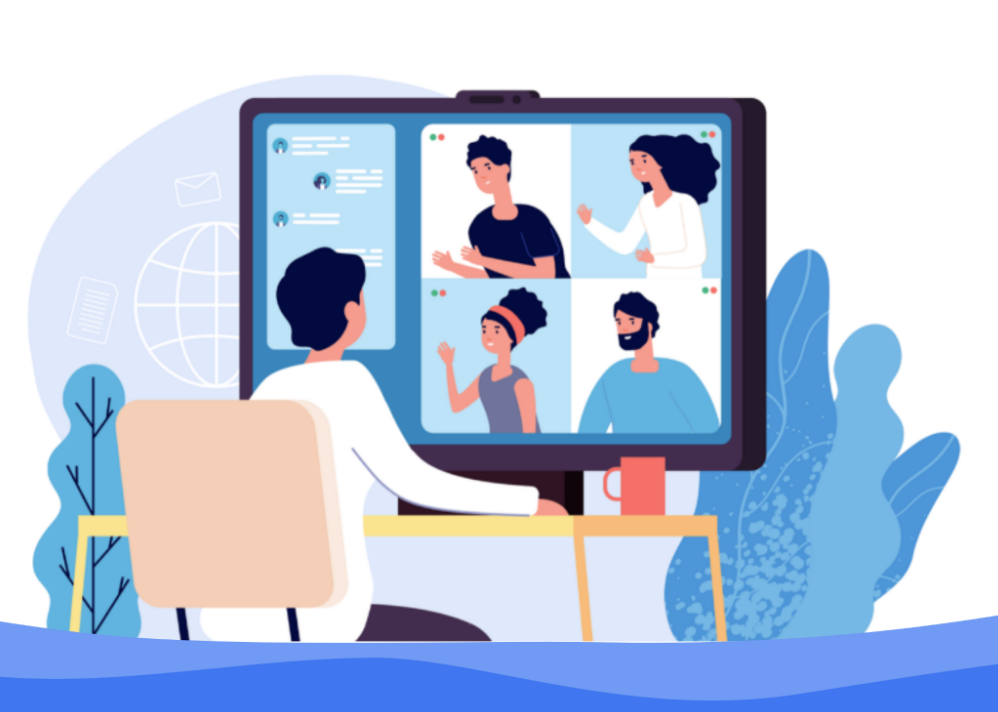June 2020

To start off, I must admit that I am nowhere near a communication expert. I never thought about how different it would be, when we suddenly switched everything online and had to video conference every day. The most striking difference I figured out was the fact that we couldn’t react to each other’s opinions and actions immediately, like we could have been doing in a real, physical meeting room. This led to the lack of understanding “between the lines”. In other words, the amount of body language or facial expressions we can see through computer screen is not the same compared to that of a face-to-face conversation.
Seeing this problem, I was trying to use different ways to understand other people better, and the first step I took was to force myself to “listen and wait”. You may wonder, in a conversation, we all listen, right? I just realized I tend to talk fast, was not a good enough listener. I used to cut off the other person in our conversations. It was easier to go back and forth in a face-to-face conversation, meaning that even if I cut you off, you can quickly follow up and once we have several rounds of exchange, things get clear. However, this usually was not the case with video conferencing. It was hard to “follow up” quickly. Once you cut people off, they must wait and listen to you, until you finish and pause. When I figured out this problem, I started to force myself to listen and wait before I respond or react. I make sure that the other person finishes all their points and pause, and then I start to raise my points to follow up. Sometimes I need to take notes while listening to others, because I need to address to their multiple points. Sometimes I have to ask “did you mean this? Can you explain this one more time?”. But this is very important, because video conferencing can slow down our “exchange”. We need to show extra respect, listen carefully, and wait till the other person finishes talking, and this is the best way we could have an effective conversation.
The other thing is that learned to better “check in” with my team. Previous we start our meetings with “how are you”, but during this difficult time, maybe a simple “how are you” is not enough. Some of our teams started to do check ins around the table, letting everybody talk about their whereabouts and concerns in life, before going into real business. We used more specific questions such as “are you feeling well today?”, “did you sleep well last night?”, “how was your family these days?” to check in. I realized that people tend to share a lot of positive and negative experience, some of them very personal, but I think it’s a good thing. It is a supporting network being built, and we are prioritizing our mental health in this time of crisis. It doesn’t take too much time out of your meeting, but the positive effects can go a long way.
I hope that you’re learning new things and new ways of communicating with your team every day, like I did, for the past few months. It was for sure a down time for a lot of us, as we all struggled to make things work on a virtual platform, but I still think we can benefit a lot from such experience, and get ourselves better prepared for many more challenges in the future. Stay home and keep safe!
---Mingqian Liu is a fourth-year doctoral student in the Department of Architecture